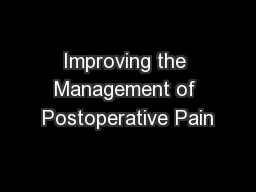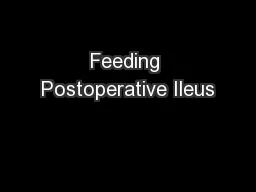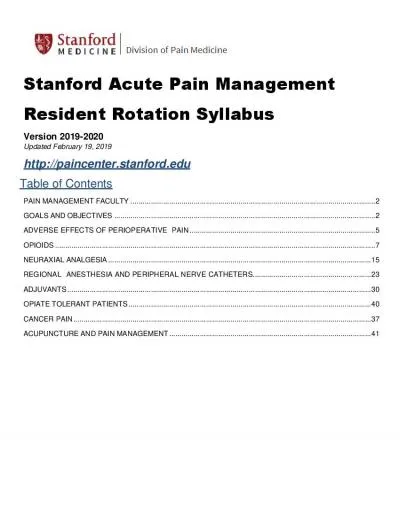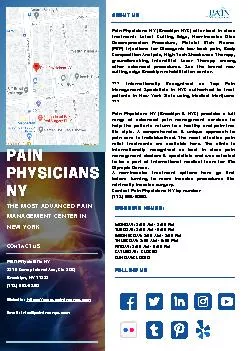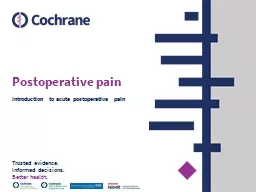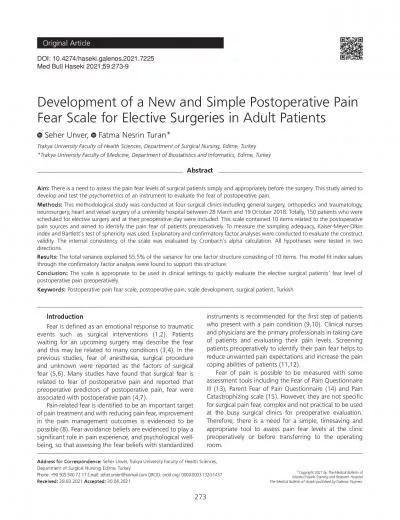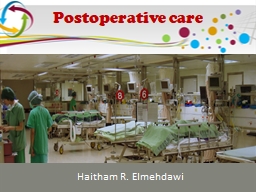PPT-Improving the Management of Postoperative Pain
Author : tatyana-admore | Published Date : 2017-03-18
Multimodal Approaches in Clinical Practice Acute Pain Epidemiology Acute pain is very common 514 million surgical inpatient procedures were performed in
Presentation Embed Code
Download Presentation
Download Presentation The PPT/PDF document "Improving the Management of Postoperativ..." is the property of its rightful owner. Permission is granted to download and print the materials on this website for personal, non-commercial use only, and to display it on your personal computer provided you do not modify the materials and that you retain all copyright notices contained in the materials. By downloading content from our website, you accept the terms of this agreement.
Improving the Management of Postoperative Pain: Transcript
Download Rules Of Document
"Improving the Management of Postoperative Pain"The content belongs to its owner. You may download and print it for personal use, without modification, and keep all copyright notices. By downloading, you agree to these terms.
Related Documents

